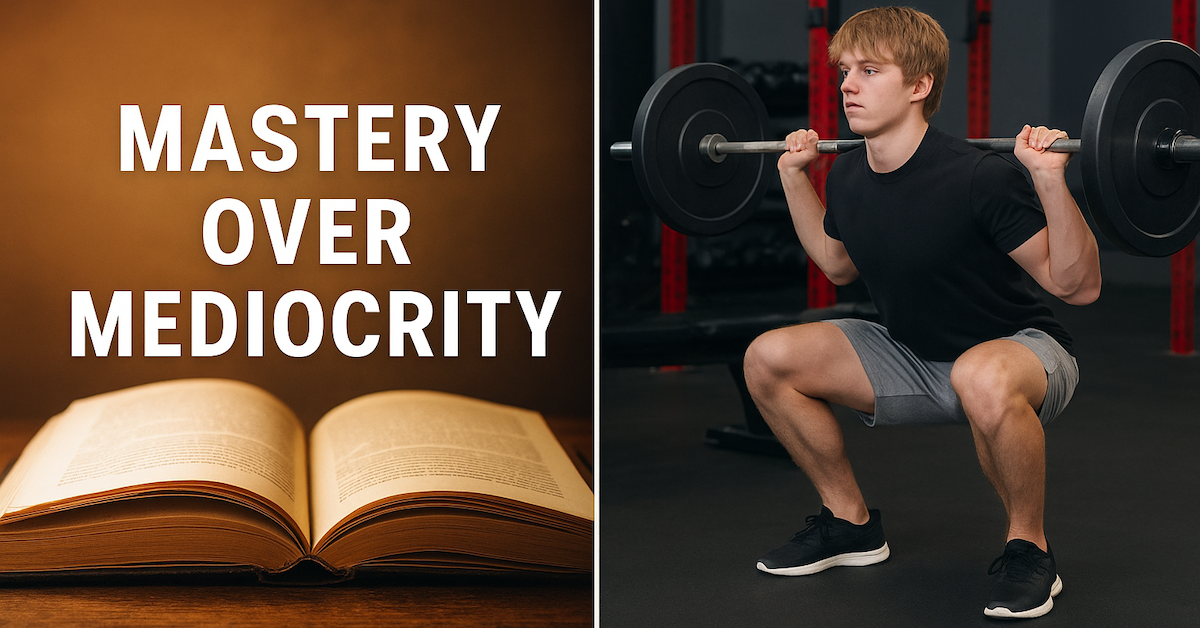I was recently asked about my thoughts on the Functional Movement Screen (FMS). While I believe the FMS has some value, I don’t see it as the ultimate method for assessing movement patterns. Every individual and situation is different, and any functional assessment should be appropriate for the specific case—if it’s performed at all. In many instances, assessments can be integrated into the training process rather than conducted as a separate step.
The Reliability of the FMS
How reliable is the FMS? Some individuals with significant pain perform well on it, while elite athletes often score poorly—so what does that really tell us? Specificity is key in training. If you want to assess a squat, have the client squat, identify issues, and correct them. It’s not just about determining whether a joint is tight or a muscle is weak, but understanding why it’s that way.
The reality is that many trainers conduct an FMS and then prescribe the same exercises they would have used regardless of the results. So what purpose does the test truly serve? Strength coach Nick Tumminello raised these concerns in an interview on The FitCast Podcast.
Two years later, The FitCast team (Kevin Larrabee, Dr. Jonathan Fass, and Leigh Peele) had an in-depth discussion on the research behind the FMS, highlighting its weak correlation with athletic performance and injury risk prediction.
Movement Screens vs. Assessing Through Training
In the article Red Flags & Dysfunctions, veteran coach Vern Gambetta questions the value of movement screens in general. Like Gambetta, I prefer assessing through training. If you’re looking for a practical way to evaluate structural balance in your clients, check out this updated routine: Structural Balance Assessment Routine.
The key takeaway is that every client is unique. They have different goals, structures, and circumstances, which means their assessment should be tailored accordingly. Avoid getting locked into a single system, method, or guru-driven approach. The ability to adapt comes with experience.
A Practical Approach to Movement Assessment
Instead of relying on a formal screen, try this: assign a “functional” movement like a step-up or split squat, then use your coaching skills to observe, adjust, and correct as needed. Simple verbal cues may be enough to improve knee tracking or posture. If a step-up is too challenging, reduce the step height or modify the stance to limit range of motion. If a client struggles with full ROM split squats, start with a partial ROM and gradually increase it over time.
Balance issues? Provide limited support and gradually wean them off of it.
You see where I’m going with this? There’s no need to assign a score to clients based on arbitrary norms. It’s often unnecessary and can even be counterproductive. Instead, find the right starting point and help them progress from there.

Mastery Over Mediocrity: Reread Great Books and Master Great Movements
In a world obsessed with novelty, we often forget the power of repetition. Whether it’s reading or training, mastery doesn’t

Gym Motivation: Find Your Fire
What motivates you during a workout? When you’re about to get under a bar stacked with 45s that can staple

Find Tranquility in Chaos: Dr. Fred Hui’s New Book & Exclusive Seminar
Back in June of last year, I had the honour of reviewing a manuscript by Dr. Fred Hui. I was
follow
Error: No feed with the ID 2 found.
Please go to the Instagram Feed settings page to create a feed.
